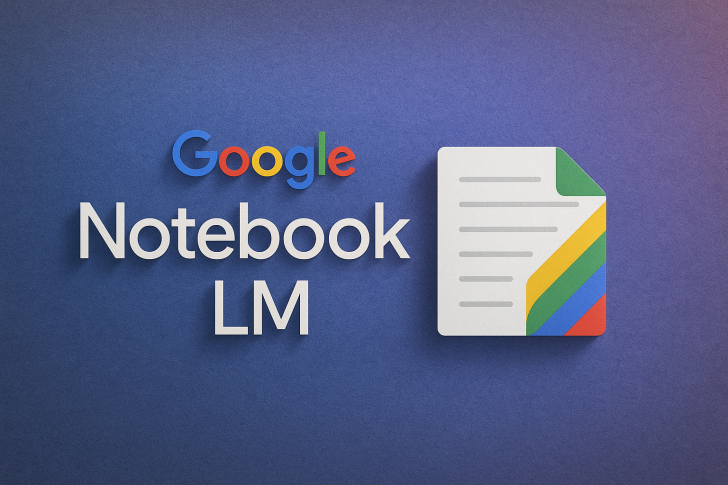Google's NotebookLM just got a lot smarter. The latest upgrade brings a massive 1 million-token context window, conversation memory that's six times longer, and customizable goal-based chat controls available to everyone. These changes push NotebookLM beyond basic note assistance into a system that can manage complex research and think across multiple documents.
What's New and Why It Matters
According to AI analyst Rohan Paul, who broke down the update in a recent post, the new 1M-token context window changes what's possible. You can now feed it entire libraries of research papers, transcripts, and reports without the system losing track.

The sixfold boost in conversation memory means you can pick up where you left off across multiple sessions, and the AI will actually remember earlier discussions. Google's tests show 50% higher user satisfaction for answers that pull from multiple sources, thanks to improved retrieval that weaves insights from different files into coherent, fact-grounded responses.
The most interesting feature is goal-based chat controls and custom personas. You can tell NotebookLM exactly how to behave in each notebook—as a tough editor, data-focused analyst, or strategic planner. This eliminates endless prompt engineering. Instead of rewriting instructions every time, NotebookLM maintains the role you've defined, acting like a consistent collaborator rather than a blank-slate chatbot.
Smarter Retrieval and Privacy
Google shared how the retrieval system works under the hood. When you ask something complex like "What are the main drivers of growth and their financial impact?" the system expands your question into related sub-queries exploring different angles—operational challenges, AI spending, consumer behavior, and pricing strategy. It then ranks the most relevant passages across all your files, weighs them, and synthesizes everything into one grounded summary. This mimics how researchers actually work, and the results feel less like search results and more like thoughtful analysis.
The update also includes individual chat histories for shared notebooks. Each person has their own private conversation thread that only they can see and delete, addressing privacy concerns for teams handling sensitive information.
The Bigger Picture
This update repositions NotebookLM as a genuine research tool, not just a productivity add-on. Researchers can work through massive datasets and return to earlier threads without starting over. Writers can set a specific editorial voice and trust the AI will maintain it. Teams can collaborate on shared knowledge without compromising privacy.
What Google is building reflects a broader trend: moving from one-off question answering toward persistent knowledge management. By combining memory, retrieval, and customizable behavior, NotebookLM starts to look less like software and more like an actual thinking partner. It's no longer just for organizing notes—it's becoming an environment where you can think and reason with a system that actually keeps up.
 Eseandre Mordi
Eseandre Mordi

 Eseandre Mordi
Eseandre Mordi


